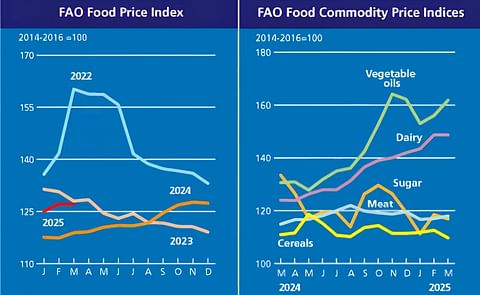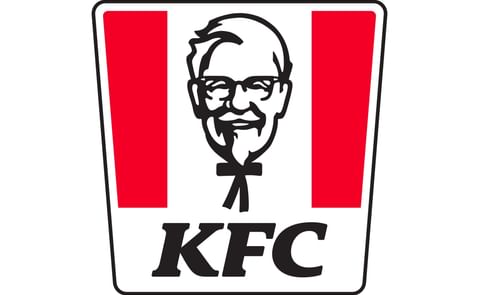There’s no telling how many calories the restaurant industry has expended running away from New York’s pioneering attempt to improve the city’s health by requiring chain eateries to prominently display calorie information. Fortunately, the city health commissioner, Dr. Thomas Frieden, shows no sign of relenting as he pushes the industry and consumers toward acting responsibly.
After losing a legal challenge on a first attempt last month, the city has retooled its proposal. Responding to court concerns, the city would apply the new rules to only 10 percent of city restaurants — those that are part of a chain with 15 or more outlets nationwide and have standardized menus, like Dunkin’ Donuts, Burger King and McDonald’s. That should minimize the burden on businesses but still help a lot of diners make better- informed choices about what to eat.











